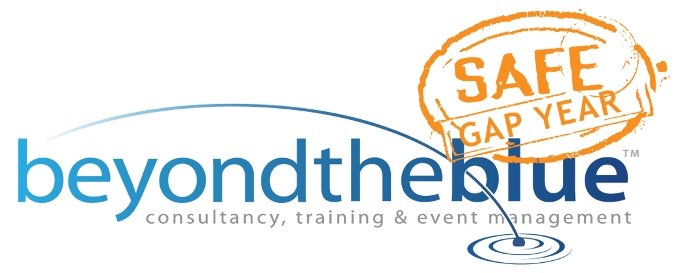
Title – Kango Caves
Date – August 1996
Location - Oudtshoorn - South Africa
Originally used by the Khoi San people as shelter on the plains of the Klein Karoo in South Africa the caves were ‘re-discovered’ in 1780 by a local farmer who was the first to dare to venture inside and discovered the magnificent chamber now named Van Zyl’s Chamber in his honour. The caves have with the help of modern technology been completely explored and lights have now been installed to show it off, in all its grandeur. Spanning some 2.5 km in all, the entire cave is not open to the public as the damage caused to the crystalline structures by the hot and CO2 rich breath of tens of thousands of tourists has to an extent ruined the original beauty of those parts of the caves that are open. But it is still well worth a visit and for the more adventurous traveller there is a trail that gives you a feel for what it is like to be a real cave explorer, as you crawl on you hands and knees to visit some of the more remote chambers that are awe inspiring.
Our intention at Beyond The Blue is to help people achieve their goals when it comes to travelling the world and experiencing new countries and their peoples. We train individuals through our Gap Year and Independent Travel Safety & Awareness workshop to give them the knowledge and confidence to stand tall and achieve their objectives where ever in the world this may take them.
Please visit our website at www.safegapyear.com
Image – ©Peter Mayhew
Date – August 1996
Location - Oudtshoorn - South Africa
Originally used by the Khoi San people as shelter on the plains of the Klein Karoo in South Africa the caves were ‘re-discovered’ in 1780 by a local farmer who was the first to dare to venture inside and discovered the magnificent chamber now named Van Zyl’s Chamber in his honour. The caves have with the help of modern technology been completely explored and lights have now been installed to show it off, in all its grandeur. Spanning some 2.5 km in all, the entire cave is not open to the public as the damage caused to the crystalline structures by the hot and CO2 rich breath of tens of thousands of tourists has to an extent ruined the original beauty of those parts of the caves that are open. But it is still well worth a visit and for the more adventurous traveller there is a trail that gives you a feel for what it is like to be a real cave explorer, as you crawl on you hands and knees to visit some of the more remote chambers that are awe inspiring.
Our intention at Beyond The Blue is to help people achieve their goals when it comes to travelling the world and experiencing new countries and their peoples. We train individuals through our Gap Year and Independent Travel Safety & Awareness workshop to give them the knowledge and confidence to stand tall and achieve their objectives where ever in the world this may take them.
Please visit our website at www.safegapyear.com
Image – ©Peter Mayhew
















